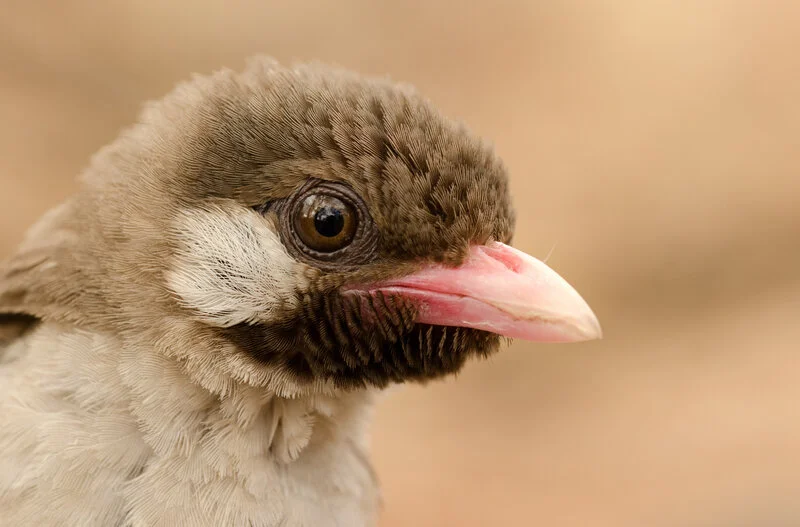Parrot Imitation: Why?
- Luana Pratissoli
- Mar 24, 2023
- 3 min read
Ridgefield Park, NJ
Psittaciformes, otherwise known as parrots, have an uncanny ability to mimic sounds and voices around them, though the idea of parrots mimicking at all is strange in an anatomical sense; these animals have no vocal cords and instead, a syrinx. Common vocalizations consist of squawks and chitters, but every once in a while, a parrot, typically a cockatoo or African gray, will go viral for their ability to speak. It’s common to see these intelligent animals repeating one word phrases at random, however on numerous occasions it’s been documented that parrots are able to mimic full sentences and at times formulate coherent phrases themselves. With this unusual ability, it brings the question of why these parrots decide to mimic at all, or if there even is a uniform reason for mimicking across Psittaciformes' 393 members.
The interesting question is how parrots even imitate in the first place. Human vocal cords have long been thought to be one of the main aspects of speech. After all, the vibrating, constriction, and stretching of the vocal cords are what aid in producing sound that changes as the lips and tongue move. With a stiff, inflexible beak in place of lips and a complete lack of vocal cords, parrots had to get creative. Like the human vocal cords, these birds will have their syrinx vibrate to create an initial sound which then gets morphed by syringeal constriction at the base of the trachea.

After the initial sound produced by the syrinx is affected by its constriction, what we know as caws or chirps come out of the bird. With the movement of parrots’ syrinxes mimicking human vocal cords, parrots are able to properly imitate us and other bird species. While the origin of parrot mimicking ability isn’t too hard to answer, why parrots bother to mimic, is.
To come to a proper conclusion, it’s important to understand typical parrot behavior and environment. While exceptions like the kea and maroon-fronted parrot exist, the majority of order Psittaciformes can be found in typically warm climates. Parrots are also typically omnivorous–feeding on fruit, seeds, insects, and small lizards–and serve as prey to other animals or birds of prey that can be found in their area. There is no doubt that these factors may have played a role in the evolution of parrot imitation, but one characteristic of parrots sticks out; Parrots are social animals. So social in fact, that flocks of certain species can reach 1,000 birds in number. With so many members in a flock, parrots need the ability to properly communicate. In fact, seen in the African gray parrot, different flocks tend to have “accents,” allowing members to distinguish strangers from friends. Individual birds aren’t born with an accent implemented into their brains, but instead mimic those around them to be able to properly communicate.

Communication seems to be the main driving factor in a parrot’s desire to mimic; they try to mimic humans because they see their human counterparts as members of the flock. Instead of seeing human language as it is, they see it as a distinct accent made from their own vocalizations. Under this circumstance, these birds adapt their voices in an attempt to communicate with us. While they don’t completely forget their natural calls, many times it becomes mixed with surrounding human chatter. While this appears to be a simple reason, one of the best explanations for Psittaciformes’ mimicking behavior is just general curiosity and the need to communicate. Like humans, these animals desire to be a part of a group and struggle when left on their own. Often parrots in captivity suffer when kept without a companion, whether it’s another parrot or a human. Their mimicking capability is just another way to be as close to their flock as they can be.
While not all parrots imitate well, they still often attempt to mimic human mumbles and chatter. Psittaciformes is undoubtedly an incredibly intelligent group of animals and with that intelligence often comes a need for communication, just as seen in humans. With their lack of vocal cords, these animals have still found a way to communicate properly with whichever individuals surround them. Parrot imitation is a prime example of adaptation; they have evolved to live in groups as prey animals and have to work in a way that best integrates them into said group. Even in groups consisting of an entirely different species, parrots still attempt to communicate in some way in order to satisfy their social needs. While it might not be the full answer, parrot sociability, without a doubt, plays a significant role in their desire to imitate individuals around them.
Don't be flighty, take a fly around STEM-E's website!














Comments